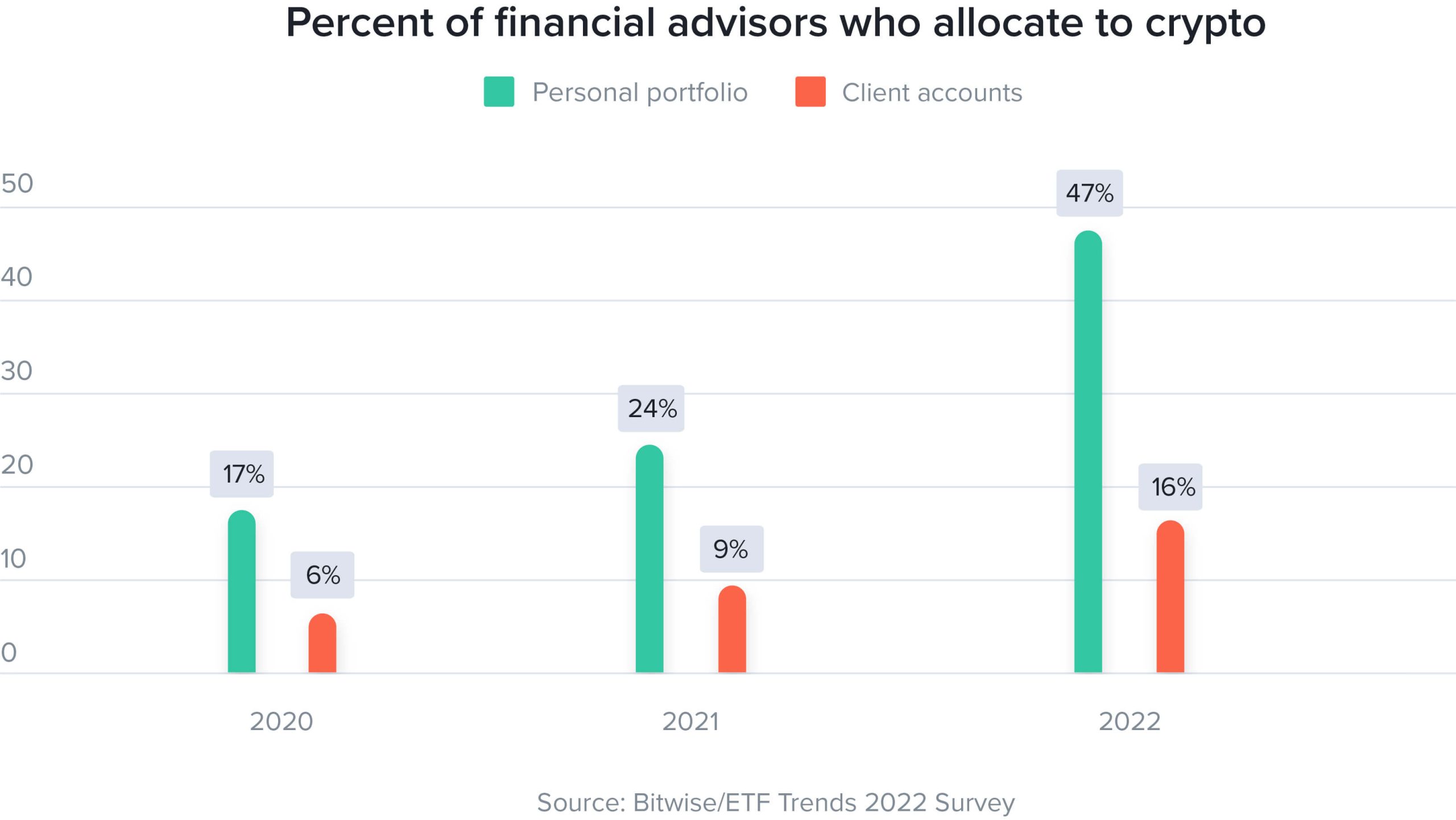Trends in Crypto Adoption and Usage

- The Rise of Cryptocurrency: A Look at the Growing Trend of Crypto Adoption
- Exploring the Main Drivers Behind the Increasing Use of Cryptocurrencies
- From Niche to Mainstream: How Cryptocurrency is Gaining Acceptance in Various Industries
- The Role of Millennials in Shaping the Future of Crypto Adoption
- Challenges and Opportunities in the World of Cryptocurrency Adoption
- The Evolution of Crypto Wallets and Exchanges: What to Expect in the Coming Years
The Rise of Cryptocurrency: A Look at the Growing Trend of Crypto Adoption
The rise of cryptocurrency has been a significant trend in recent years, with more and more people around the world adopting digital currencies for various transactions. This growing adoption of crypto is reshaping the financial landscape and challenging traditional banking systems.
One of the key drivers behind the increasing popularity of cryptocurrency is the decentralization it offers. Unlike traditional currencies that are controlled by central authorities like governments or banks, cryptocurrencies operate on a decentralized network of computers. This gives users more control over their money and eliminates the need for intermediaries in transactions.
Another factor contributing to the rise of cryptocurrency adoption is the growing acceptance of digital assets by mainstream businesses. Major companies like Tesla, PayPal, and Visa have started accepting cryptocurrencies as a form of payment, further legitimizing their use in the mainstream economy.
Furthermore, the rise of decentralized finance (DeFi) platforms has also played a significant role in driving crypto adoption. DeFi platforms offer users a wide range of financial services, such as lending, borrowing, and trading, without the need for traditional financial institutions. This has attracted a new wave of users to the crypto space.
Exploring the Main Drivers Behind the Increasing Use of Cryptocurrencies
The increasing adoption of cryptocurrencies can be attributed to several key drivers that have propelled their popularity in recent years. One of the main factors driving this trend is the growing acceptance of digital currencies as a legitimate form of payment. More and more businesses are starting to accept cryptocurrencies as a means of transaction, which has helped to increase their mainstream appeal.
Another important driver behind the rising use of cryptocurrencies is the desire for financial privacy and security. With traditional banking systems becoming increasingly centralized and vulnerable to cyber attacks, many people are turning to cryptocurrencies as a more secure alternative for storing and transferring their wealth. The decentralized nature of blockchain technology provides an added layer of security that is appealing to those concerned about the safety of their financial assets.
Additionally, the potential for high returns on investment has attracted many individuals to the world of cryptocurrencies. The volatile nature of the crypto market means that there is a significant opportunity for investors to profit from price fluctuations. This has led to a surge in interest from both retail and institutional investors looking to capitalize on the potential gains offered by digital assets.
Furthermore, the increasing accessibility of cryptocurrencies through online platforms and mobile apps has made it easier than ever for people to buy, sell, and trade digital currencies. This convenience has helped to democratize access to the crypto market, allowing individuals from all walks of life to participate in this emerging asset class.
Overall, the combination of factors such as growing acceptance, financial privacy, investment opportunities, and accessibility has contributed to the increasing use of cryptocurrencies in today’s digital economy. As more people become aware of the benefits and potential of digital currencies, it is likely that their adoption will continue to rise in the years to come.
From Niche to Mainstream: How Cryptocurrency is Gaining Acceptance in Various Industries
As cryptocurrency continues to gain traction, it is transitioning from a niche market to a more mainstream acceptance across various industries. This shift is evident in the increasing number of businesses and organizations that are incorporating digital currencies into their operations.
One of the key factors driving this trend is the growing recognition of the benefits that cryptocurrencies offer, such as lower transaction fees, faster payment processing, and enhanced security. These advantages are particularly appealing to industries that rely heavily on cross-border transactions, such as e-commerce, finance, and international trade.
Furthermore, the rise of blockchain technology, which underpins cryptocurrencies, has also played a significant role in their adoption. Blockchain’s decentralized and transparent nature has made it an attractive solution for industries looking to streamline their operations and improve trust among stakeholders.
In the e-commerce sector, for example, many online retailers now accept cryptocurrencies as a form of payment, allowing customers to make purchases more quickly and securely. Similarly, in the finance industry, blockchain technology is being used to facilitate faster and more cost-effective cross-border payments.
Overall, the increasing acceptance of cryptocurrency in various industries is a clear indication of the growing confidence in digital currencies as a legitimate form of payment and investment. As more businesses and consumers embrace this new technology, the mainstream adoption of cryptocurrency is likely to continue to expand in the coming years.
The Role of Millennials in Shaping the Future of Crypto Adoption
Millennials play a crucial role in shaping the future of crypto adoption. This generation, born between 1981 and 1996, is known for being early adopters of new technologies and trends. As digital natives, Millennials are more comfortable with online transactions and are open to exploring alternative forms of currency. Their willingness to embrace change and challenge traditional financial systems makes them key players in the widespread adoption of cryptocurrencies.
One of the reasons Millennials are driving crypto adoption is their desire for financial independence. Many Millennials entered the workforce during the 2008 financial crisis and witnessed the shortcomings of traditional banking systems. As a result, they are more inclined to seek out decentralized and secure alternatives like cryptocurrencies. Additionally, Millennials value transparency and control over their finances, which aligns with the core principles of blockchain technology.
Furthermore, Millennials are highly active on social media platforms, making them influential in spreading awareness about cryptocurrencies. Through social media channels, Millennials share information, news, and personal experiences related to crypto, which can influence their peers and older generations. This digital word-of-mouth marketing has a significant impact on the mainstream adoption of cryptocurrencies.
In conclusion, Millennials are at the forefront of driving crypto adoption and shaping the future of finance. Their tech-savvy nature, desire for financial independence, and social media influence make them powerful advocates for cryptocurrencies. As more Millennials continue to embrace digital assets, the overall adoption and usage of cryptocurrencies are expected to grow exponentially in the coming years.
Challenges and Opportunities in the World of Cryptocurrency Adoption
As the world of cryptocurrency continues to evolve, there are both challenges and opportunities that come with increased adoption. One of the main challenges is the regulatory uncertainty surrounding cryptocurrencies in many countries. This lack of clear guidelines can make it difficult for businesses and individuals to fully embrace digital currencies.
On the other hand, there are also numerous opportunities for growth in the crypto space. One of the main opportunities is the potential for increased financial inclusion, especially in developing countries where access to traditional banking services is limited. Cryptocurrencies can provide a way for people to participate in the global economy without relying on traditional financial institutions.
Another opportunity lies in the innovation that is happening within the cryptocurrency industry. New technologies such as blockchain are revolutionizing the way we think about transactions and data security. This innovation has the potential to disrupt many industries and create new opportunities for businesses and consumers alike.
The Evolution of Crypto Wallets and Exchanges: What to Expect in the Coming Years
The evolution of crypto wallets and exchanges is a crucial aspect of the rapidly growing cryptocurrency market. As technology advances, we can expect to see significant changes in how users interact with their digital assets.
One trend to watch out for is the integration of decentralized finance (DeFi) protocols into wallets and exchanges. This will allow users to access a wide range of financial services directly from their wallets, such as lending, borrowing, and trading.
Another development to keep an eye on is the rise of non-custodial wallets, which give users full control over their private keys and funds. This shift towards self-custody is driven by a desire for increased security and privacy in the digital asset space.
Furthermore, we can anticipate the emergence of more user-friendly interfaces and tools that will make it easier for newcomers to navigate the complex world of cryptocurrencies. This will help drive mass adoption and make it more accessible to a wider audience.
Overall, the future of crypto wallets and exchanges looks promising, with innovations that will enhance user experience, security, and accessibility. Stay tuned for exciting developments in the coming years as the industry continues to evolve and mature.



